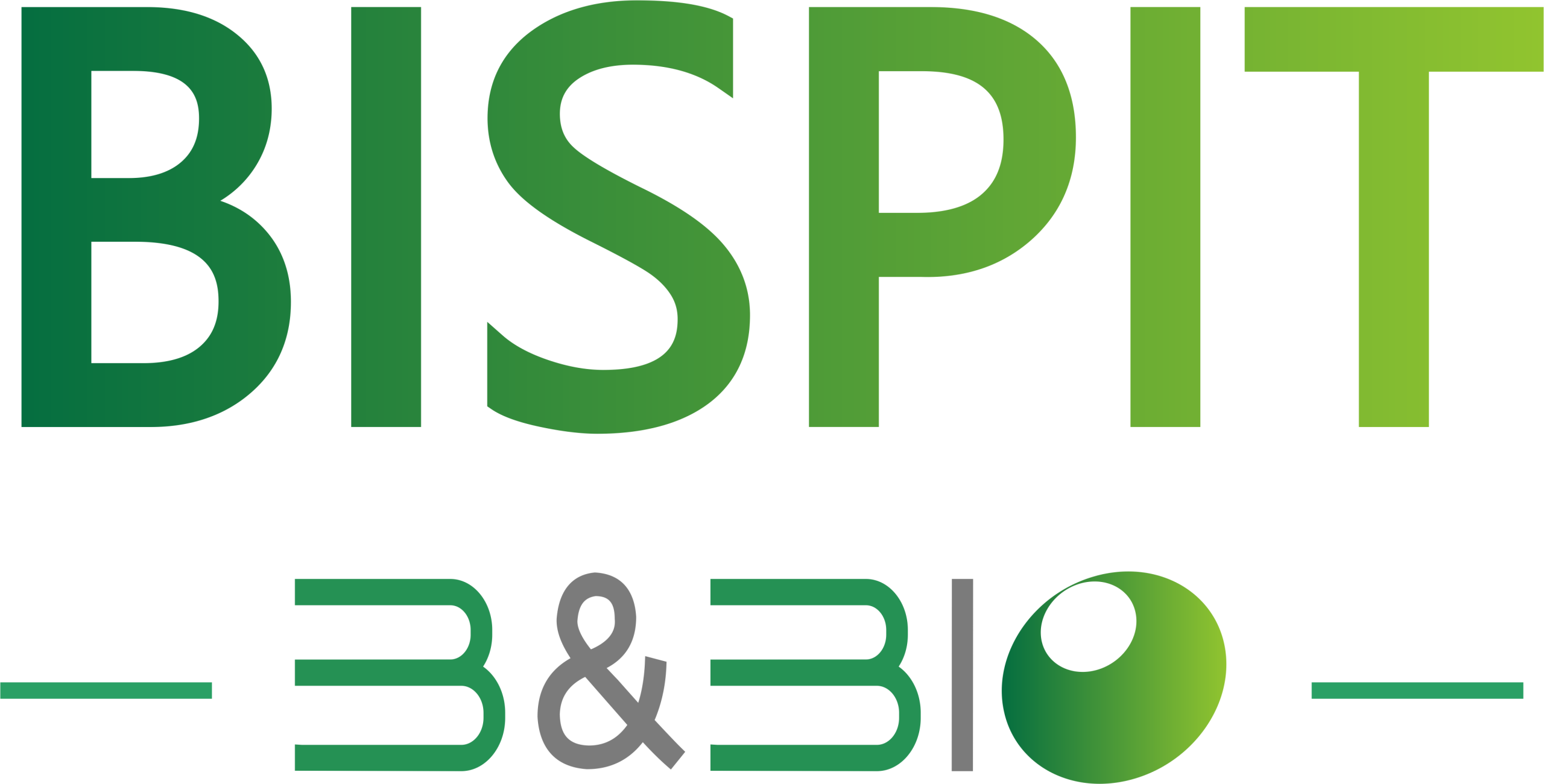
In recent years, the incidence of hyperuricemia (HUA) and gout among adolescents has been steadily climbing, transforming these conditions from afflictions of the elderly into a pressing global public health issue. According to the 2019 Global Burden of Disease (GBD) study, there were 1.36 million new cases of gout and 5.21 million existing cases among young people aged 15-39 worldwide.[1][2]
The East Asia region contributed to about 30.29% of these new global cases. Hyperuricemia is not just a precursor to painful gout attacks; it is also closely linked to severe health conditions such as chronic kidney disease, cardiovascular and cerebrovascular diseases, and diabetes.[3]
The trend of rising hyperuricemia in young people is a worldwide phenomenon. In the United States, for instance, data from the National Health and Nutrition Examination Survey (NHANES) for 2015–2018 showed an overall hyperuricemia prevalence of 32.78% among adolescents aged 12–17.[4][5]
Primary Causes of High Uric Acid in Adolescents:
- Diet: Excessive consumption of sugary drinks and foods high in purines, such as red meat and seafood, is a major contributor.[3][4]
- Sedentary Lifestyle: A lack of consistent, reasonable exercise can lead to a lower metabolic rate, which in turn affects the body’s ability to excrete uric acid.
- Obesity: Being overweight or obese significantly impacts uric acid metabolism and excretion and is a key factor in most cases of childhood and adolescent hyperuricemia.[4]

Signs and Symptoms of Adolescent Hyperuricemia:
Hyperuricemia in teenagers can manifest in several ways:
- Joint Symptoms: When uric acid crystals accumulate in the joints, they can trigger gouty arthritis. This often presents as a sudden onset of swelling, heat, and intense pain in the first metatarsophalangeal joint (the base of the big toe).[4]
- Urinary Tract Issues: High uric acid levels can lead to the formation of urate kidney stones, causing symptoms like pain during urination, blood in the urine (hematuria), or increased urinary frequency.[3]
- Asymptomatic Hyperuricemia: A majority of individuals with high uric acid levels may never experience symptoms of gout, but they still face underlying health risks.
It is important to note that the presentation of gout in children can be atypical, with acute attacks often beginning in joints other than the big toe.
Medical Diagnosis of Adolescent Hyperuricemia
The standard medical criteria for diagnosing hyperuricemia in adolescents, while on a normal purine diet, is a fasting serum uric acid level greater than 420μmol/L (7.0 mg/dl) on two separate occasions.[6] This standard is widely adopted for adults and is recommended for adolescents.[6][7]
A Proactive Approach: “Prevention is Better Than Cure”

Managing high uric acid in young people starts with a focus on prevention through lifestyle changes:
- Dietary Adjustments: Avoid foods high in purines, such as animal organs (liver, kidney), seafood, red meat, thick broths, and alcohol.
- Hydration: Ensure a daily water intake of over 2000 milliliters. Critically, avoid fructose-sweetened beverages and alcohol.
- Regular Exercise: Engage in 30 minutes of low-to-medium intensity aerobic exercise more than five days a week. This helps to speed up metabolism and promote uric acid excretion.
In addition to lifestyle modifications, supplementing with natural, uric-acid-lowering substances like anserine can be an excellent choice for managing high uric acid in adolescents.
Anserine: A Natural and Effective Option
Anserine is a naturally occurring active peptide found in the muscles of poultry (like chicken and duck) and fish (such as tuna).[8][9] Research has shown that anserine effectively lowers blood uric acid levels by both inhibiting the activity of key enzymes in uric acid production and promoting its excretion through the kidneys.[8][10] Its natural origin and high safety profile make it a compelling alternative.
Compared to medications that may place a burden on the liver and kidneys of minors, a natural supplement like BISPIT Anserine offers a safer approach. It is selectively extracted from the nutrient-rich red muscle of deep-sea tuna, boasting a high peptide concentration of 83.3%. As a pure, food-derived extract, it is free from components that can strain the liver and kidneys, making it a more suitable option for the long-term management and prevention of hyperuricemia in adolescents.
Sourceshelp
